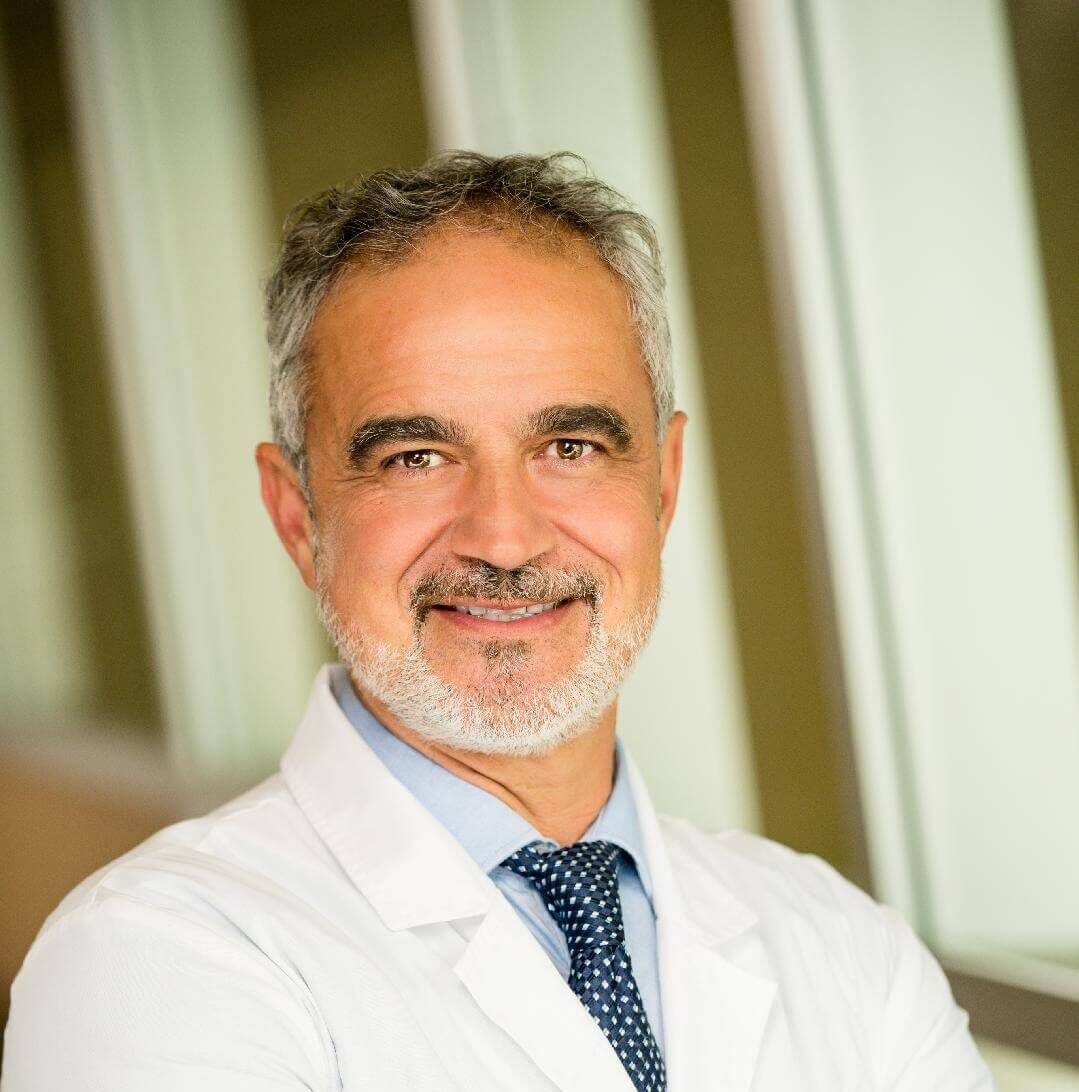What is Peripheral Vascular Disease (PVD)
 Peripheral Artery Disease (PVD) are diseased blood vessels that cause a problem in your circulatory system which leads to narrowing of your arteries, which in turn, reduces the blood flow to your limbs, stomach or kidneys. If you develop PVD, your appendages won’t receive sufficient blood flow to maintain the demand. This causes claudication (pain when walking) along with other uncomfortable symptoms depending on the extent of artery blockage and the location.
Peripheral Artery Disease (PVD) are diseased blood vessels that cause a problem in your circulatory system which leads to narrowing of your arteries, which in turn, reduces the blood flow to your limbs, stomach or kidneys. If you develop PVD, your appendages won’t receive sufficient blood flow to maintain the demand. This causes claudication (pain when walking) along with other uncomfortable symptoms depending on the extent of artery blockage and the location.
The most common peripheral Vascular Disease symptoms are intermittent muscle pain, fatigue, and cramping which might arise due to:
- Inflammatory conditions
- Soft tissue infection
- Overexertion or injury
Some of the risk factors of PVD include elevated cholesterol, smoking, diabetes, hypertension, obesity, and inactivity.
Your doctor can use radiologic imaging methods that include angiography and Doppler ultrasound to help diagnose which type of PVD you have developed, Functional PVD or Organic PVD.
Functional PVD. Doesn’t involve defective blood vessels’ structure, and although your blood vessels are not physically damaged, you will feel intermittent spasm symptoms.
Organic PVD. Caused by physical damage to your blood vessels that may include tissue damage and inflammation.
Peripheral Vascular Disease can often times be a pointer of a more widespread problem known as atherosclerosis (accumulation of fatty deposits in your arteries). Complications of PVD may include:
- Sores that won’t heal
- Gangrene
- Ulcers
- Infection in your extremities
Having PVD generally indicates that there is a potential for arterial disease that involves the coronary arteries that reside within your brain. If your condition becomes extreme and unmanageable despite lifestyle changes like diet, exercise, and medication, it may be time to consider an alternative treatment.
Surgery for Peripheral Vascular Disease in Canton, OH may be an option you want to consider to help aid your condition. You can contact our office for a meeting to see if you’re a good candidate for surgery to treat PVD.

